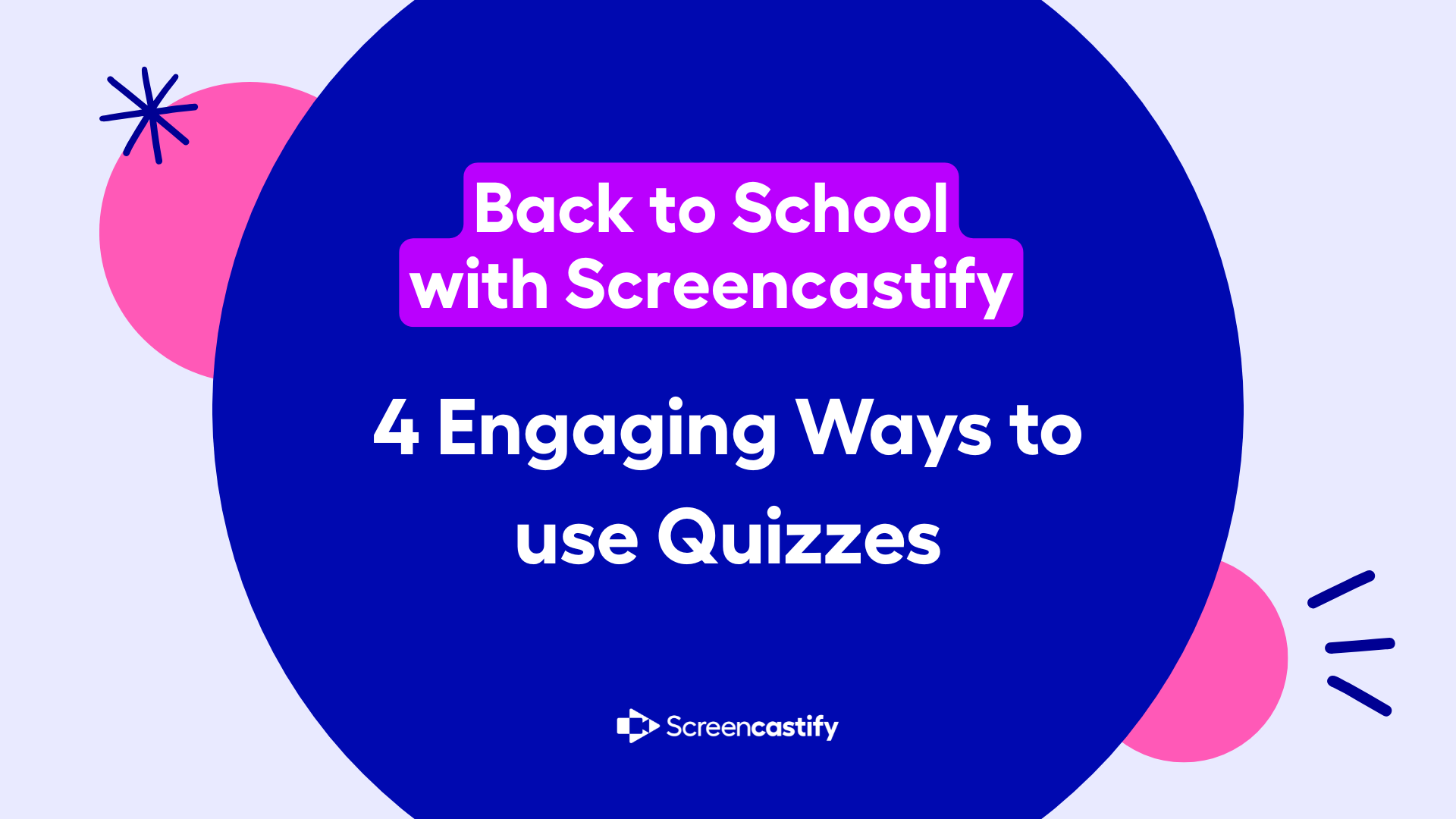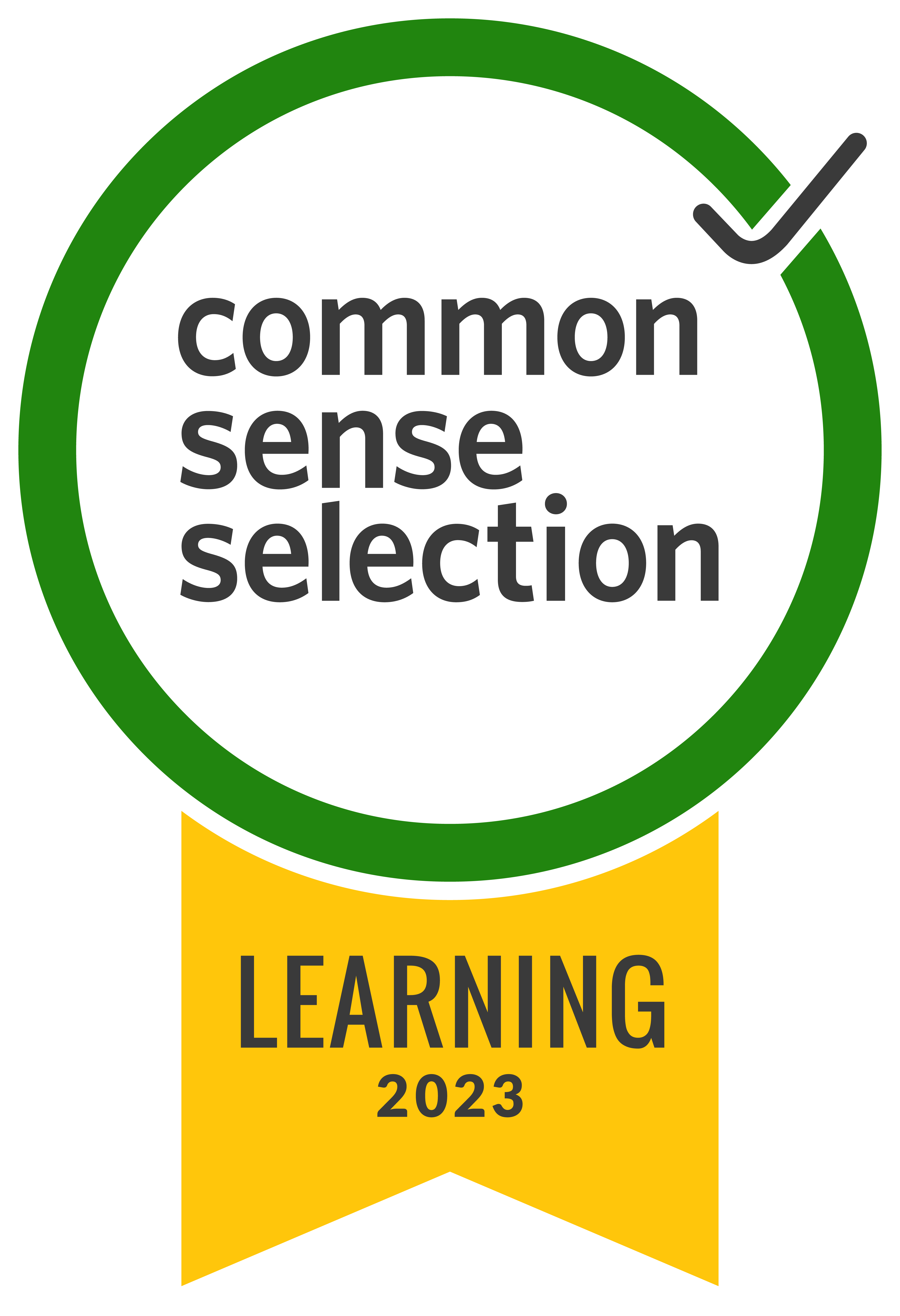Assessment during the first week of school can feel overwhelming for both teachers and students. Traditional quizzes might seem too formal, while informal check-ins can miss important information you need to plan effective instruction.
Screencastify's Quiz feature offers the perfect middle ground – engaging, interactive assessments that feel more like games than tests. These quizzes help you gather crucial information about your students while keeping the atmosphere light and welcoming.
1. "Getting to Know You" Interest Inventory
Record a short, friendly video introducing yourself and asking students about their interests, learning preferences, and comfort levels with school subjects. Embed multiple-choice or short-answer quiz questions after each prompt (e.g., “Which subject do you enjoy most?” or “What motivates you in class?”)
Students enjoy sharing about themselves in this format, and the information helps you plan engaging lessons throughout the year. You'll discover student passions that can inform project choices and discussion topics.
Why This Works: Students feel comfortable sharing personal information in a quiz format that feels private and non-judgmental. The structured questions help shy students express themselves more easily than open-ended discussions.
Teacher Advantage: You gather comprehensive data about student interests and learning preferences that would take weeks to discover through observation alone, allowing you to personalize instruction from the start.
2. Syllabus + Subject Preview Video Quiz
Instead of handing out a paper syllabus, create a short video walking students through your course structure, expectations, and a sneak peek at upcoming topics. Embed quiz questions throughout to check for understanding (e.g., “What percentage of your grade is participation?” or “Which unit will we start with?”).
Why This Works: Students stay more engaged with video + questions than with text-heavy docs. It helps ensure key info doesn’t get missed in the blur of back-to-school week.
Teacher Advantage: You reinforce expectations and check for comprehension up front—plus, you can reuse this year after year with simple edits.
3. Classroom Culture and Expectations Check
Use a video (either self-recorded or pulled from the Screencastify Premium Library) that presents common classroom situations—like turning in late work, lining up, or Chromebook use. Include scenarios that test comprehension of consequences and appropriate responses like: “What should you do if you’re late to class?” or “How should you ask to go to the bathroom?”
This ensures students have absorbed crucial information before you move into academic content. Students can review and retake sections they struggle with, building confidence in their understanding.
Why This Works: Students can work at their own pace and review challenging concepts without feeling embarrassed. The scenario-based format helps them apply rules to real situations they'll encounter.
Teacher Advantage: You can identify which procedures need reinforcement and which students might need additional support with expectations, preventing issues before they arise.
3. “How We Learn” Style Survey Video
Record a short video walking students through different learning environments and strategies: group work vs. solo tasks, digital tools vs. paper notebooks, visual vs. auditory learning, etc. Then embed quiz questions asking students to reflect on what works best for them, like: “When do you feel most focused?” or “Which of these helps you remember something best?
Why This Works: It helps students reflect on their own learning preferences early in the year—and gives you a quick way to differentiate instruction.
Teacher Advantage: You gather meaningful data to shape how you group students, structure activities, and support different learning styles—all in one short activity.
Quizzes don't have to be stressful – they can be welcoming, informative, and even fun. By using Screencastify's Quiz feature strategically during back-to-school season, you're gathering the information you need while keeping students engaged and comfortable in their new learning environment.
The interactive format makes assessment feel less formal while still providing valuable data to inform your teaching decisions throughout the year.
.svg)








